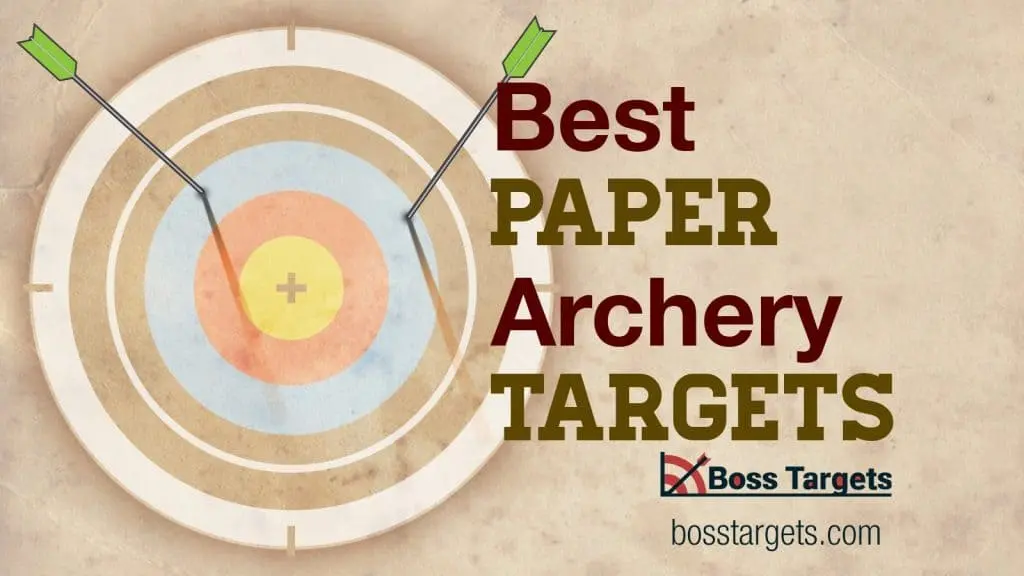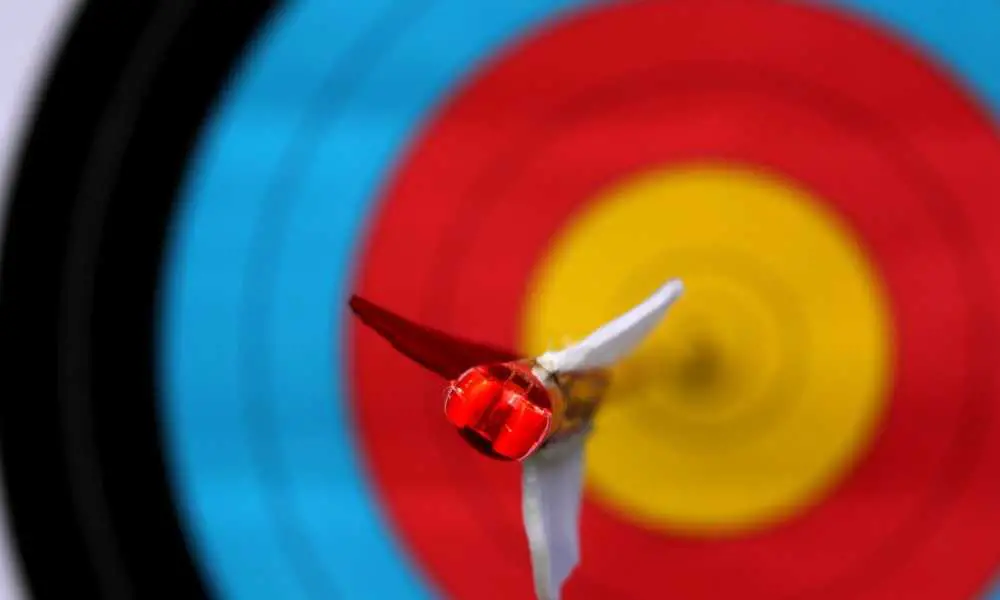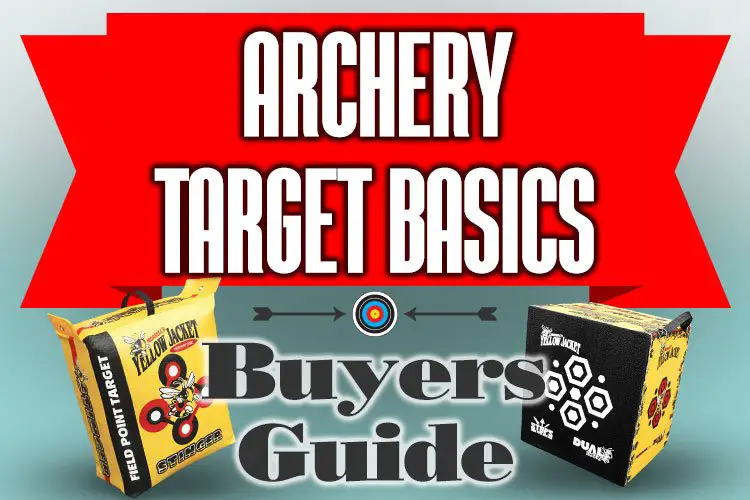[Updated on 1 January 2024] Welcome to the world of 3D archery targets, where the art of shooting arrows meets immersive realism. Unlike traditional flat targets, 3D archery targets are meticulously designed to replicate the shape and appearance of various animals, from deer and bears to wolves and birds. These realistic targets are invaluable for archers of all skill levels, allowing them to simulate hunting scenarios, enhance accuracy, and develop a deeper understanding of shot placement. Whether you are a seasoned hunter honing your skills or a beginner looking to improve your aim, 3D archery targets offer a dynamic and engaging experience that sharpens your archery prowess and connects you with the primal instincts of the hunt. Top 6 Best 3D Archery Targets 1. Rinehart Targets Standard Block Targets The Rinehart Targets Regular Block Targets is the best option for perfecting your archery skills. These targets are designed to provide…
Best Paper Archery Targets
[Updated on 1 January 2024] The Best Paper Archery Targets are highly regarded targets explicitly designed for archery practice and training. These targets are typically made from high-quality paper materials that offer durability and consistency. They come in various sizes and designs, including traditional bullseye patterns and more realistic animal targets. One of the main reasons why Best Paper Archery Targets are helpful is their ability to provide clear and accurate feedback to archers. The targets are designed with clearly defined scoring zones, allowing archers to assess their accuracy and precision with each shot. Archers can evaluate their form, technique, and consistency by shooting at these targets. The scoring zones help archers identify their strengths and weaknesses, allowing them to refine their skills over time. Another advantage of using Best Paper Archery Targets is their cost-effectiveness. Paper targets are generally more affordable than other targets, such as 3D or foam…
Archery Bag Targets 2024
[Updated on 1 January 2024] Archery bag targets are specialized equipment used in archery to practice shooting accuracy. They are typically large, portable bags filled with synthetic fiber or foam material designed to absorb the impact of arrows. Archery bag targets provide a safe and convenient way for archers to improve their shooting skills and aim, making them an essential tool for both beginners and experienced archers. One of the key benefits of using archery bag targets is safety. When practicing archery, it is crucial to have a designated target to effectively stop arrows and prevent them from causing harm or damage. The thick, dense materials used in bag targets are designed to absorb the arrow’s energy upon impact, reducing the risk of arrows bouncing off or penetrating the target. This ensures that archers can practice in a controlled and safe environment. Another advantage of archery bag targets is their…
Making Your Own Archery Targets Infographics
[Updated 1 January 2024] When you are getting into archery, one of the most important pieces of equipment that you can find is a target. This is because you need it to start practicing. To get really good at archery, you need to fire thousands of shots and a target is an ideal equipment for that. Making your own archery targets is not a very difficult task. Though it is possible to buy an archery target, you should also learn how to make an archery target of your own. This will save you money in the long run, and make some things easier.
Building a FITA Target Stand
[Updated 1 January 2024] Here’s how to build an easy DIY FITA Target Stand for practicing and improving your handgun skills. BUILDING A FITA TARGET STAND The simple target stand uses 2 x 4’s and a few 1 x 4-inch hardwood. The legs can fold into itself with a couple of loose cross member attachments that make it rigid. The build can be done in roughly a day with common carpentry tools. STEP 1 Measure the four holes as shown in the diagram and drill the holes. Build the front legs by attaching the top and bottom cross members. STEP 2 Measure the two holes as shown in the diagram and drill the holes. Attach the cross member. Cut both the notches on the rear legs with a router or chisel. STEP 3 Drill the four holes for the bolts as shown on the diagram. Cut both the 45º notches…
Archery Target Buyers Guide Infographic
Archery Target Buyers Guide Infographic [Updated 1 January 2024] In order to know how to buy the right sets of targets for yourself, we have created this simple guide for you to look at Want to use this infographic on your site?







